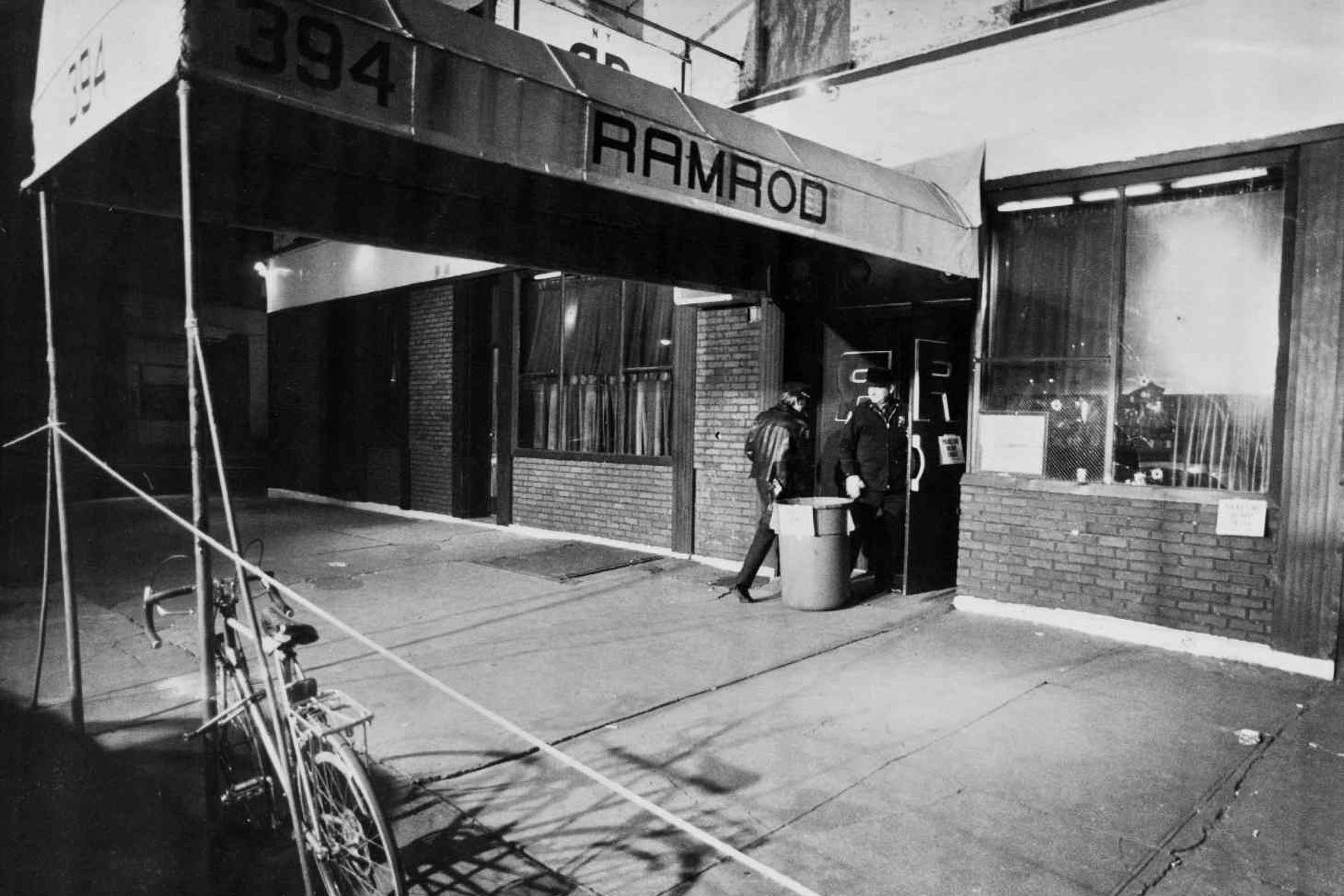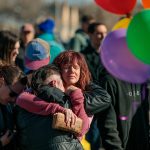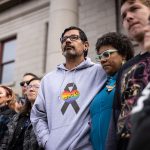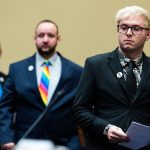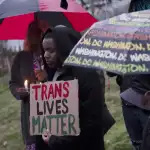“West Street Massacre: Anti-Gay Violence, Special Report,” the headline read. The year was 1980. The date was November 19.
Andy Humm knew the story before he even went to report it. As a gay reporter for a gay publication, it was part of the fabric of his life.
Just three years earlier, Humm noted, the Chelsea Gay Association (now the New York Anti-Violence Project), had been founded in an effort to combat violence against LGBTQ+ people. Seven years before two people were killed on New York’s West Street, someone had set fire to the UpStairs Lounge, a gay club in New Orleans, and 32 people died in the blaze.
“This was a regular thing,” Humm said of the West Street shooting.
This past Saturday, 42 years to the day after the West Street shooting, five were murdered and 18 wounded at Club Q, an LGBTQ+ bar in Colorado Springs. A suspect, 22-year-old Anderson Lee Aldrich, is in custody and faces murder and hate crime charges.
“These things don’t change,” Humm reflected. “I mean, the anti-gay atmosphere, anti-LGBTQ atmosphere is everywhere.”
After the Club Q Shooting, Humm sifted through his personal archives and found his reporting from four decades ago. It read as if it could have been written Sunday.
When shots rang out at around 10:50 p.m. Wednesday night in 1980, onlookers reported that the bars were not crowded and that most patrons were able to duck and cover.
Writing for The New York City News in 1980, Humm soberly reported that 38-year-old Ronald K. Crumpley, the son of a Harlem minister, had fired an Uzi at people in and around two Greenwich Village LGBTQ+ bars — the Ramrod and Sneakers — killing two and injuring six.
According to Humm’s report at the time, Crumpley would tell police upon his arrest that “homosexuals ruin everything.” Initial reporting misidentified Crumpley as gay and closeted, something that would later prove false, Humm noted. Crumpley was found not responsible due to his mental state, and he died in 2015 after years at secure psychiatric hospitals.
Humm attributes the November 19 massacres to anti-LGBTQ+ hate speech in politics both 42 years ago and today. He noted that during this election season tens of millions of dollars had been poured into anti-LGBTQ+ midterm campaign messages and that far-right groups have fueled attacks.
“The Reagan election [in 1980] was a triumph for racism, sexism and homophobia,” Humm said. “Those things accelerated under Trump and take violent form in QAnon and Proud Boys.”
This year, state lawmakers have introduced 344 anti-LGBTQ+ bills and passed 25 of them into law, according to the Human Rights Campaign. Most of those bills targeted transgender people, especially youth participating in sports and accessing gender-affirming health care. Many Republicans have made anti-LGBTQ+ talking points part of their platforms in recent months.
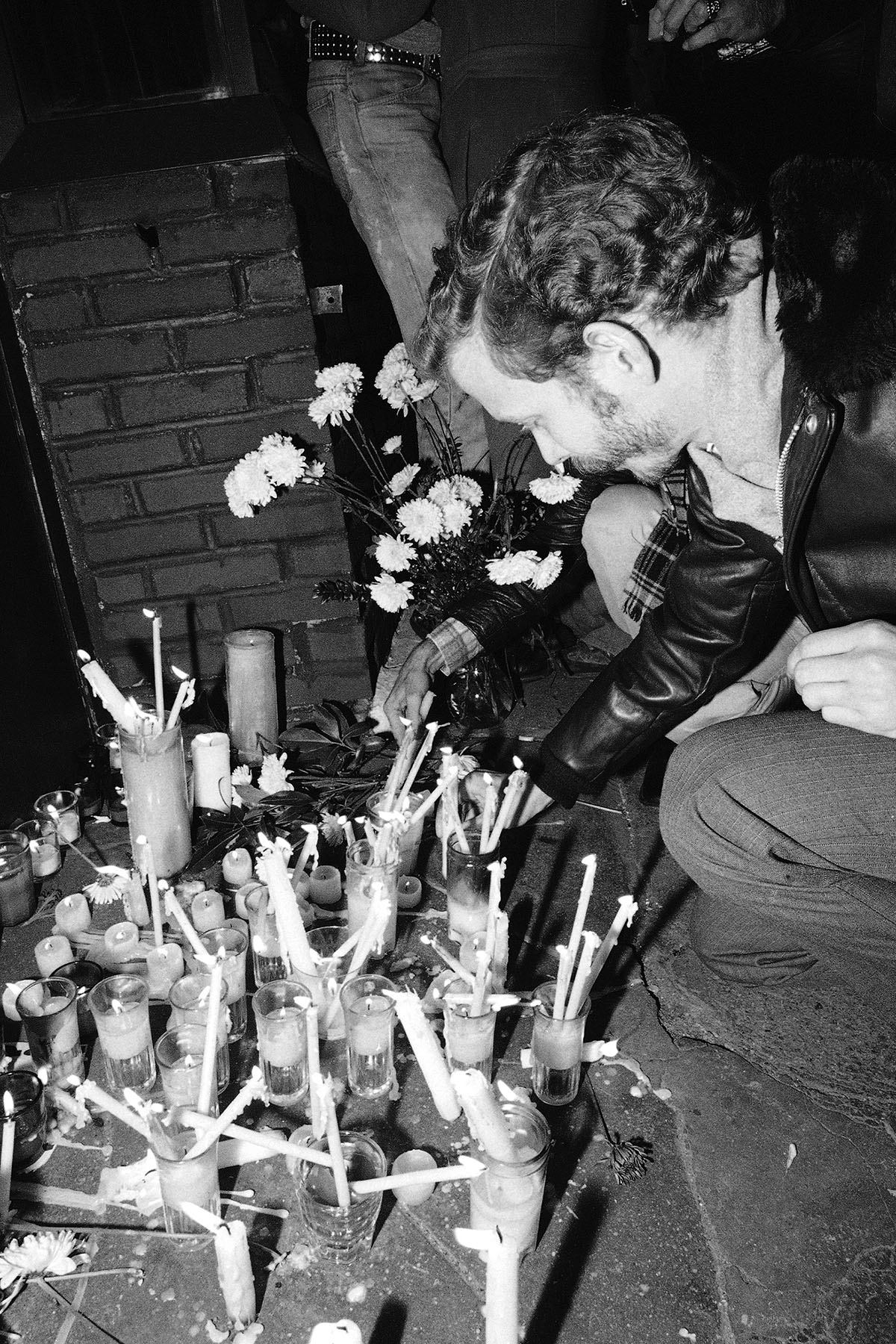
Advocates say anti-LGBTQ+ rhetoric has real world consequences, noting that the latest shooting also comes at a moment of intense backlash against queer people in politics when violence against the community has been sharply on the rise.
Over the past year, a handful of LGBTQ+ Pride events, activists and experts have been targeted, harassed and threatened following disinformation campaigns online. Doctors at Boston Children’s Hospital received a series of death threats in August over the hospital’s gender-affirming medical care. In June, a group of white supremacists were arrested outside a Pride event on a charge of conspiracy to riot.
Imara Jones, a journalist who has documented the spate of anti-trans bills in statehouses nationwide on her podcast TransLash, called the Colorado Springs shooting “a natural consequence” of anti-trans rhetoric.
“There’s a 30-year history and experience with the interplay between rhetoric and violence and social acceptance, which [opponents of LGBTQ+ rights] completely understand,” Jones said. “Usually, when you have a debate about whether or not people are real and whether or not they exist, it usually leads to some sort of mass type of violence against those people.”
In 2016, after a gunman murdered 49 people inside Orlando gay bar Pulse, New York Times reporter David Dunlap quoted Humm in reflecting on that tragedy.
“…[I]t seems that the Ramrod killings have largely been forgotten,” Dunlap wrote. “Though nowhere near as deadly as the shooting at the Pulse nightclub in Orlando, Fla., or the arson fire at the UpStairs Lounge in New Orleans that killed 32 in 1973, the West Street rampage chills those that remember it.”
Dunlap felt history had come full circle when he quoted Humm’s words from 42 years ago. Those same words could have been written today: “For all of us who worried that the conservative backlash in this country would bring about terrible unnamed things, the future is now.”
